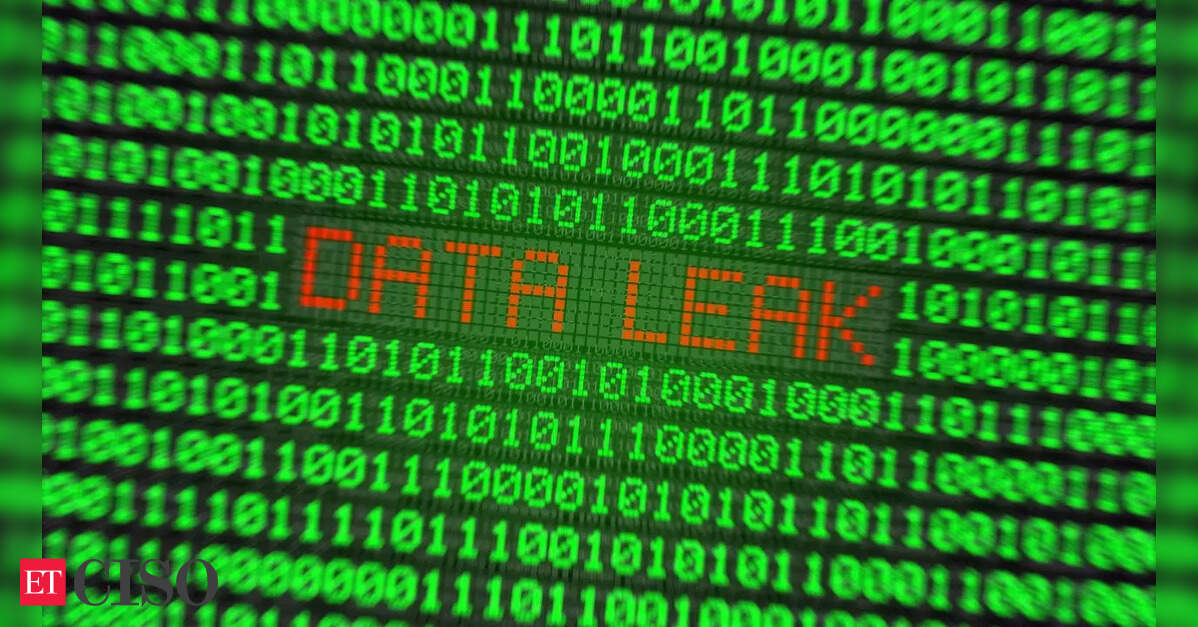Here is the rewritten content without changing its meaning, retaining the original length, and keeping proper headings and titles:
### Introduction to Password Security
We often save passwords without a second thought, trusting that our browsers, apps, and password managers will keep them safe. However, the digital world is not as secure as we would like to believe. Our login details can end up in the wrong hands without warning, shared on shady forums, bundled into breach dumps, or used to infiltrate our personal accounts quietly.
The worst part is that we may never know until it’s too late. That’s why checking for password leaks and taking early action is now just as important as having antivirus software. Fortunately, there are reliable, free tools available to help us stay ahead of security threats. These tools scan breach databases and dark web sources to detect if our credentials have been exposed and tell us what to do next.
## Password Leak Warning: Top Tools to Protect Your Accounts
### 1. Have I Been Pwned
Find out instantly if your email or password has been exposed in past data breaches. This independent, free-to-use platform scans your email address across hundreds of publicly known breach datasets. You simply enter your email ID, and it tells you if it has ever been part of a data leak.
**Features:**
* Breach check by email address
* Password safety check via privacy-friendly encryption
* Email alerts for future leaks
**Why it matters:**
* It’s quick, anonymous, and doesn’t require sign-up. If your email has been exposed, it’s your cue to act fast.
### 2. Google Password Checkup (via Google Password Manager)
Built into Chrome and Android, it scans your saved passwords for exposure. If you’ve ever saved a password in Chrome or your Google account, you can use Google Password Checkup to check if those credentials have been compromised.
**Features:**
* Real-time alerts on compromised, reused, or weak passwords
* Built-in to your browser and Google account
* Works silently in the background
**Why it matters:**
* Many people use Google daily. If you’re already saving passwords there, this is a powerful free tool you may not realize you’re already using.
### 3. Google One Dark Web Report
Monitors shady online spaces for your personal information. This tool scans dark web sources for signs that your email address, phone number, or other credentials have been compromised or shared. Available through the Google One dashboard.
**Features:**
* Scans dark web databases and forums
* Checks for personal identifiers beyond just email
* Accessible with any Google One subscription (including trial tiers)
**Why it matters:**
* The dark web is where stolen credentials often end up. This tool brings that invisible world to light, so you’re not the last to know.
### 4. Apple iCloud Keychain Password Monitoring
Protects your stored passwords with real-time breach detection. If you’re an Apple user, iCloud Keychain automatically checks whether your stored passwords have shown up in known data leaks.
**Features:**
* Works across iOS and macOS
* Flags breached, weak, or reused passwords
* Encourages better password practices
**Why it matters:**
* If you’re in the Apple ecosystem, this feature is already built-in. It’s an easy win for your digital hygiene.
### Signs Your Account May Be Compromised
Sometimes, your accounts start showing signs of trouble even before you’re aware of a leak. Look out for:
* Unexpected login notifications from unfamiliar locations or devices
* Strange messages sent from your account (spam, phishing, or abusive content)
* Password reset emails you didn’t request
* Locked accounts due to “too many login attempts”
* Unrecognised transactions or charges
If even one of these occurs, it’s time to investigate and secure your accounts immediately.
### What to Do If Your Password Has Been Leaked
If any tool or red flag confirms that your password is part of a breach:
* **Change the password immediately**
+ Use a new, strong password that’s not used elsewhere.
* **Enable two-factor authentication (2FA)**
+ Even if a hacker has your password, 2FA adds another roadblock.
* **Review account activity**
+ Look through your login history and activity logs if available.
* **Update linked accounts**
+ If you’ve used the same password elsewhere, change it there too.
* **Check your recovery info**
+ Make sure your email recovery address and phone number are accurate and secure.
### How to Create a Strong Password
Creating a password that’s strong and memorable can feel like a puzzle, but here are some quick rules that work:
* **Make it long and unpredictable**
+ At least 12 characters
+ Avoid dictionary words, names, or dates
+ Use a mix of uppercase, lowercase, numbers, and symbols
* Using the same password for multiple accounts is like having one key for your house, car, and office. If it’s stolen, everything is exposed.
* Let a trusted password manager create and remember complex passwords for you. It’s safer and far more convenient.
Source Link






